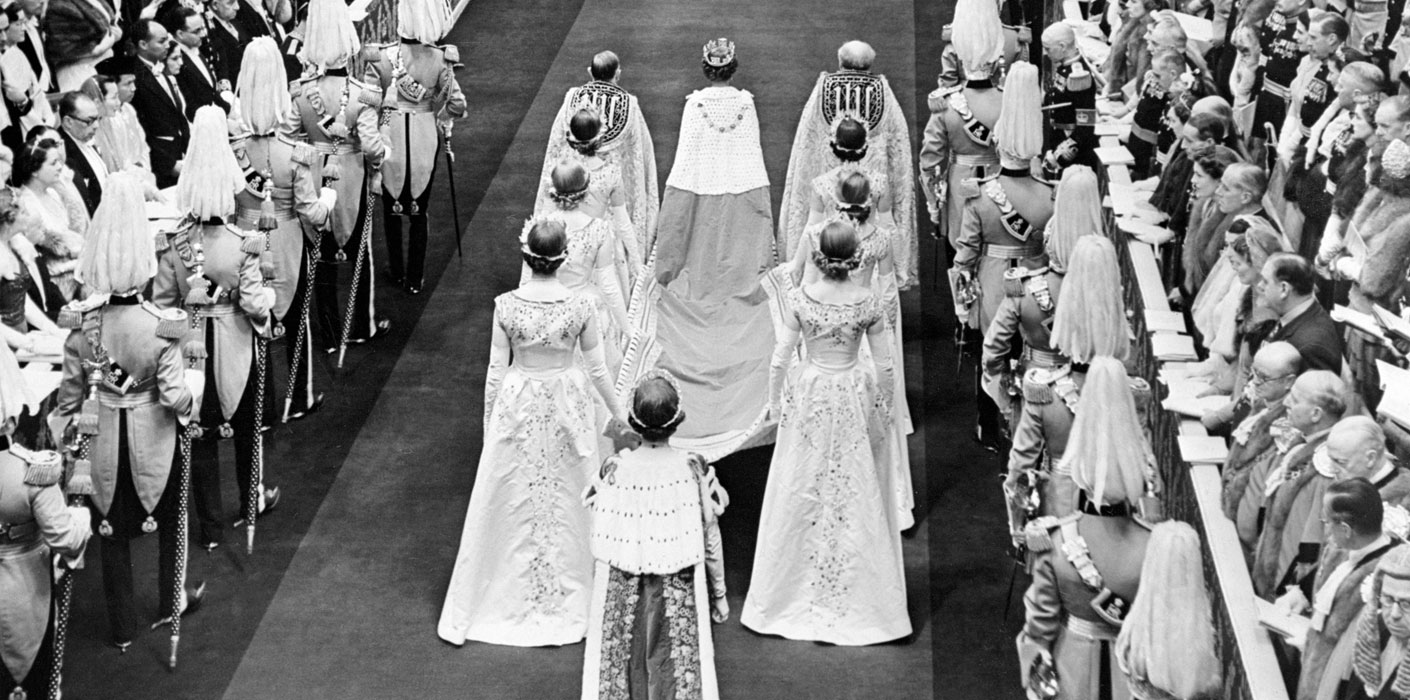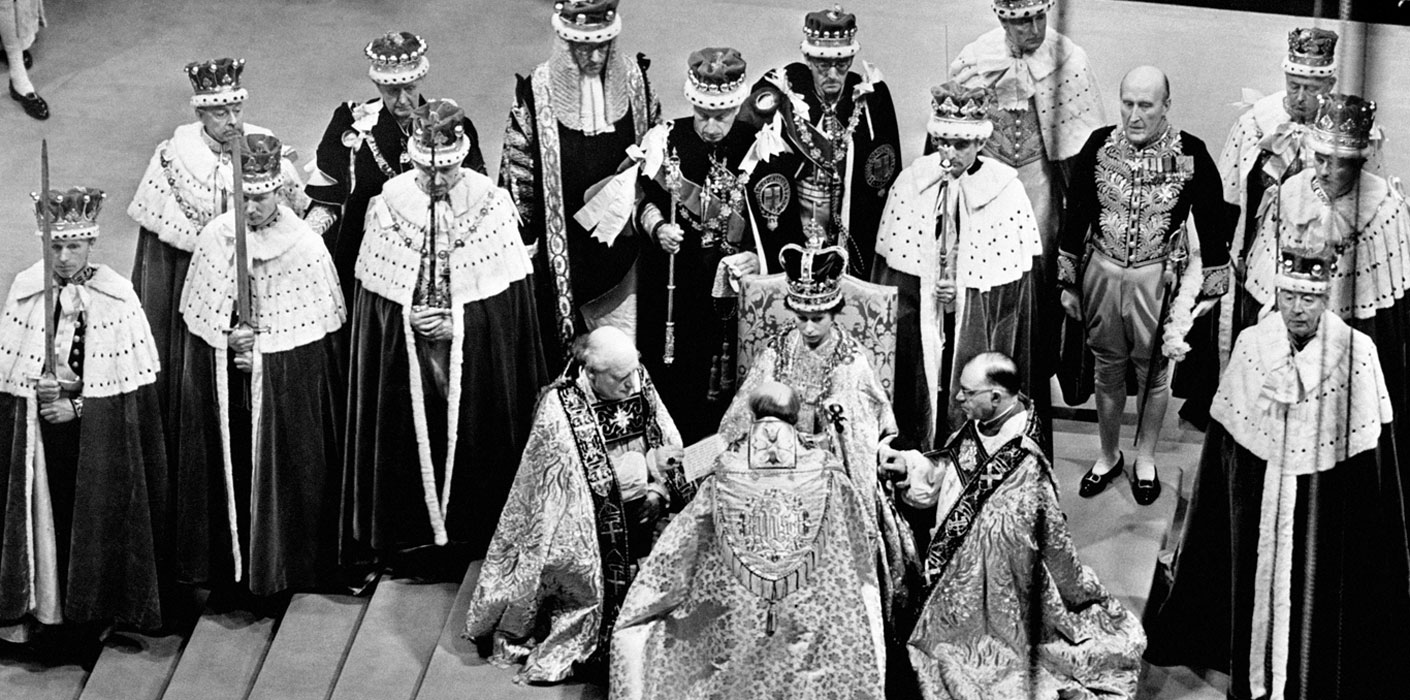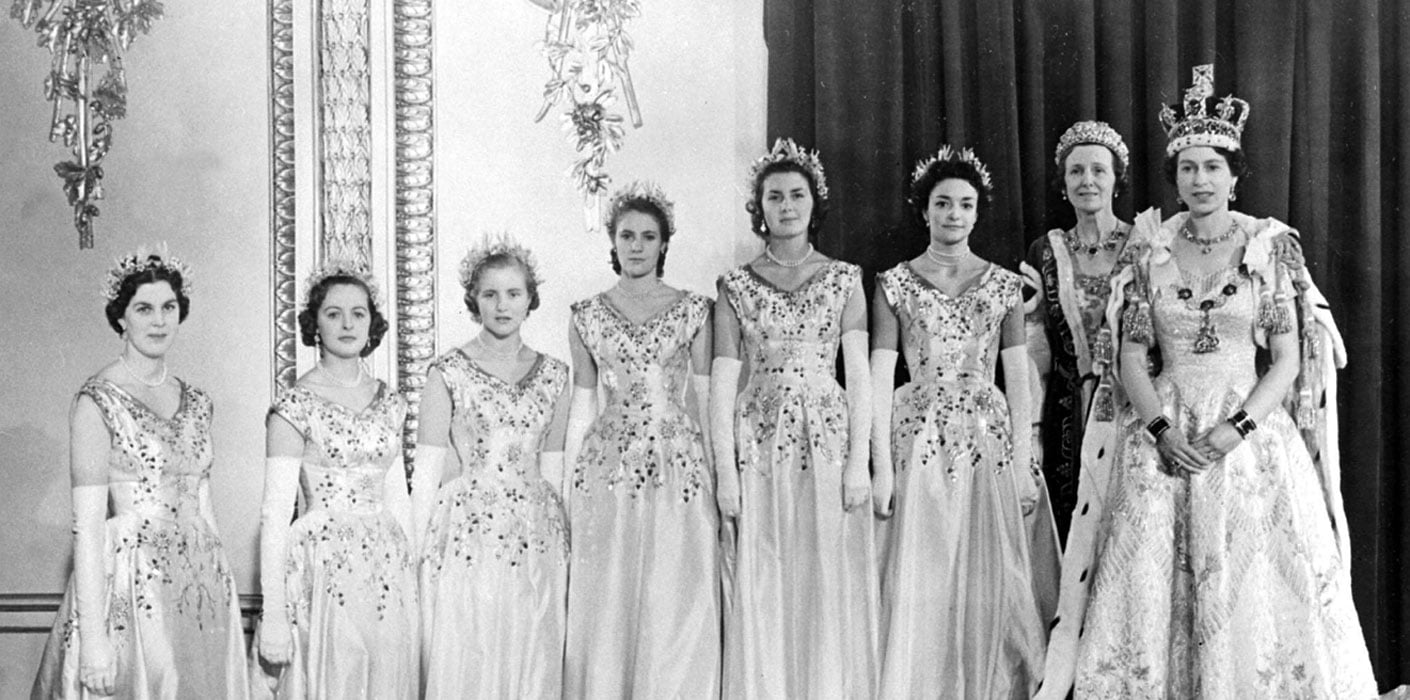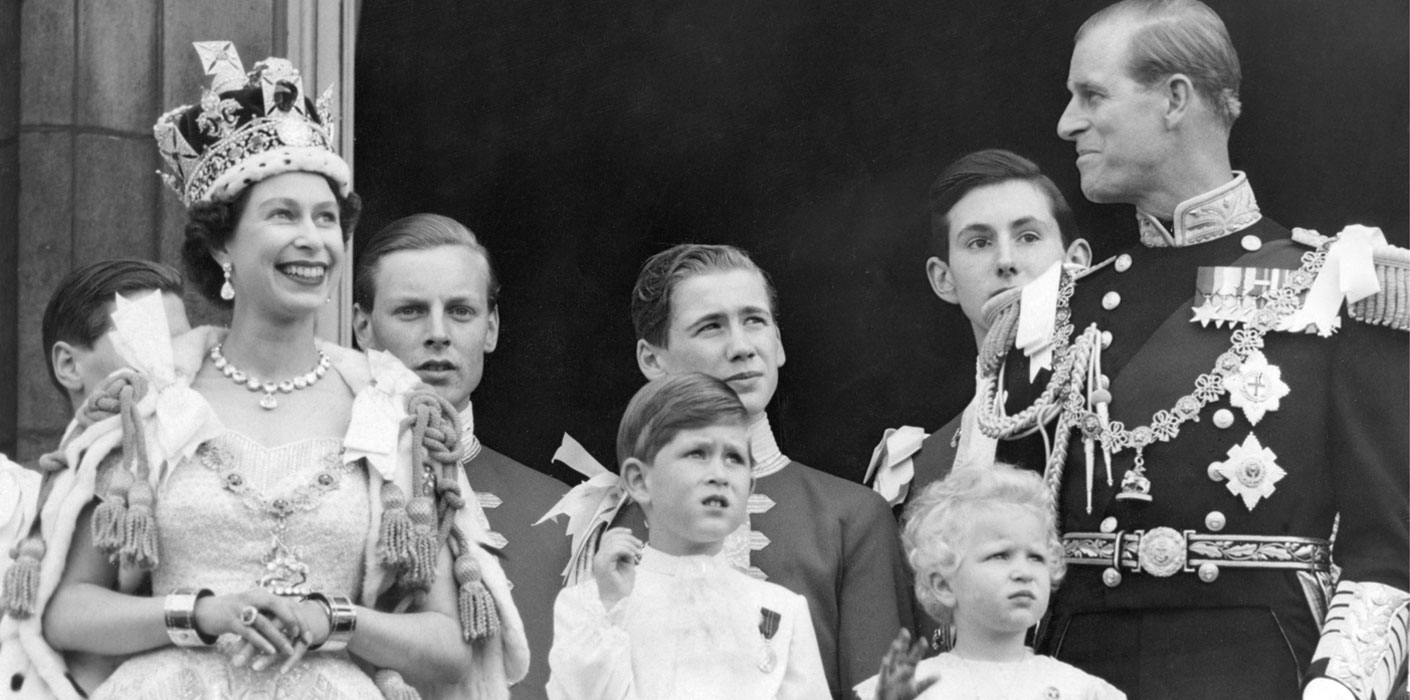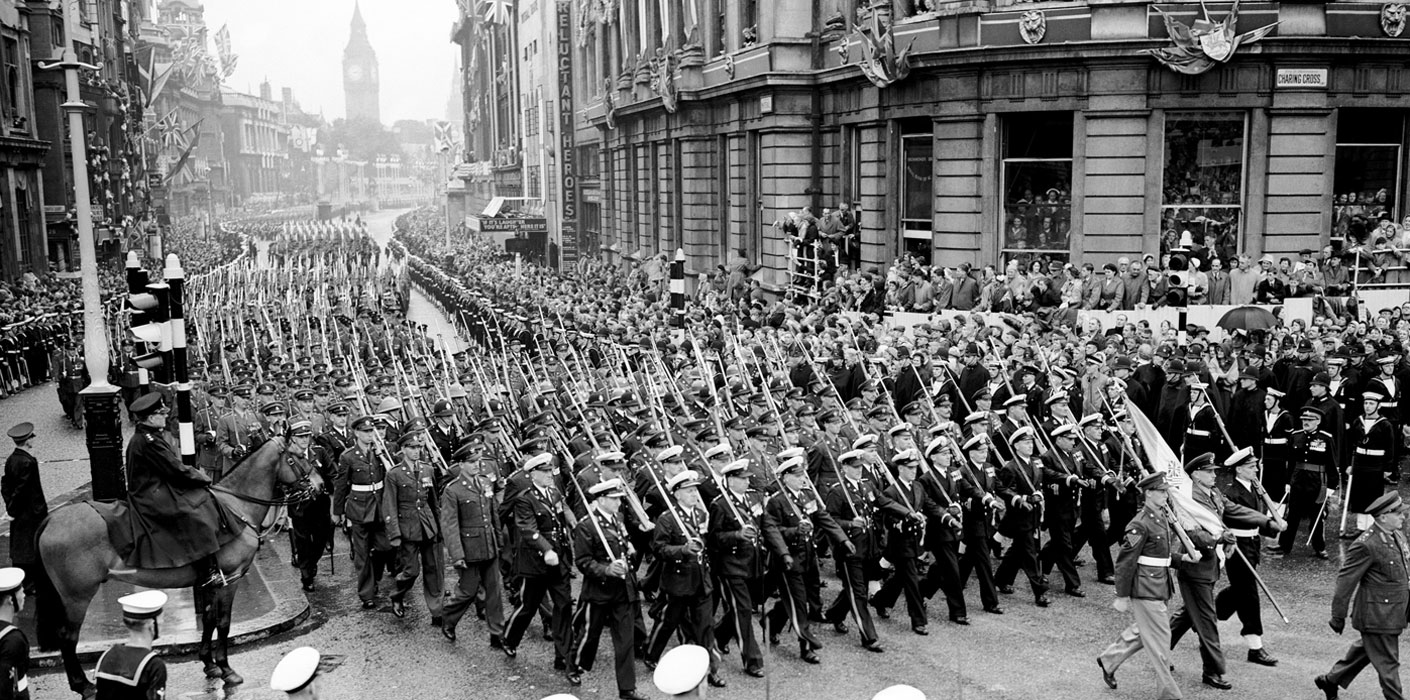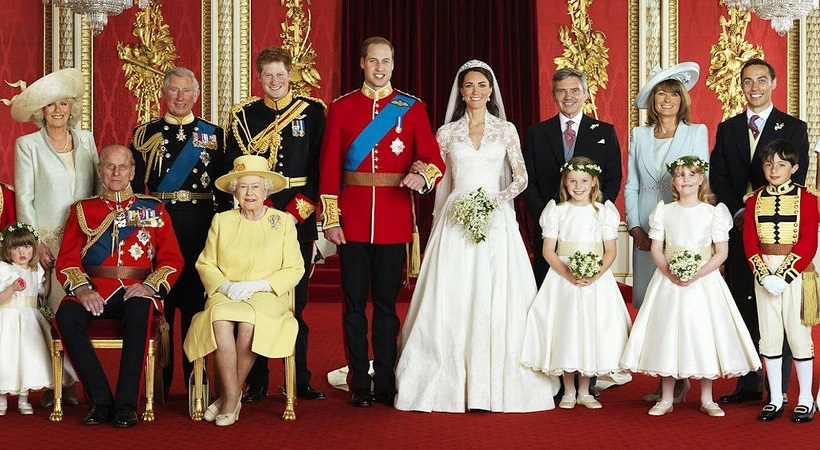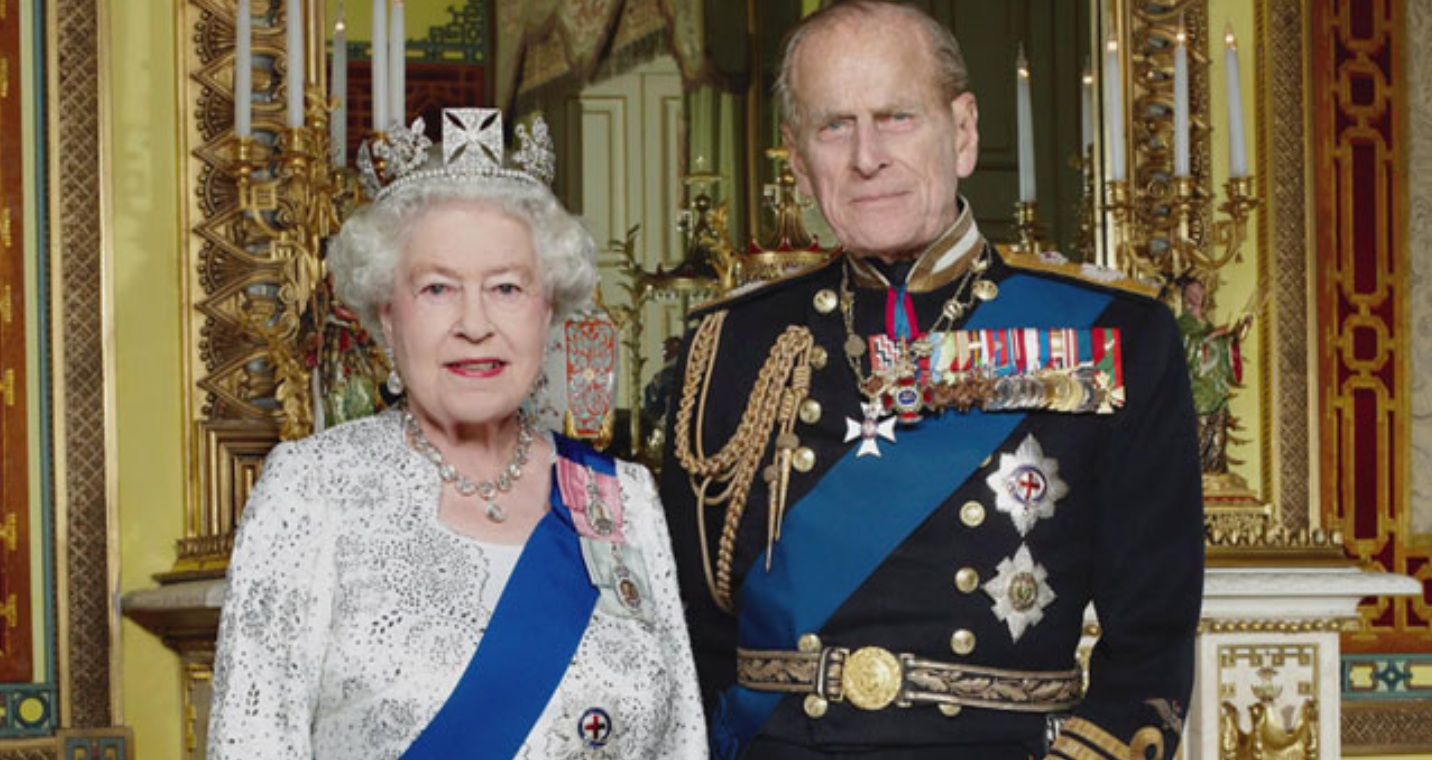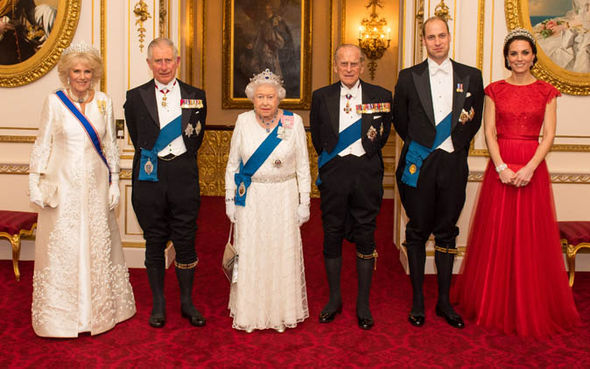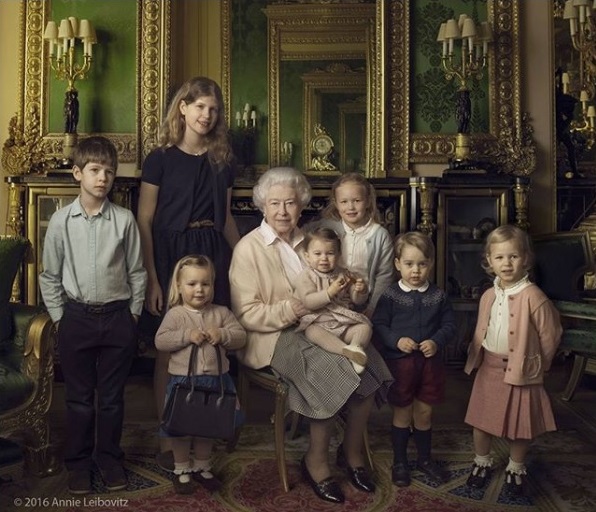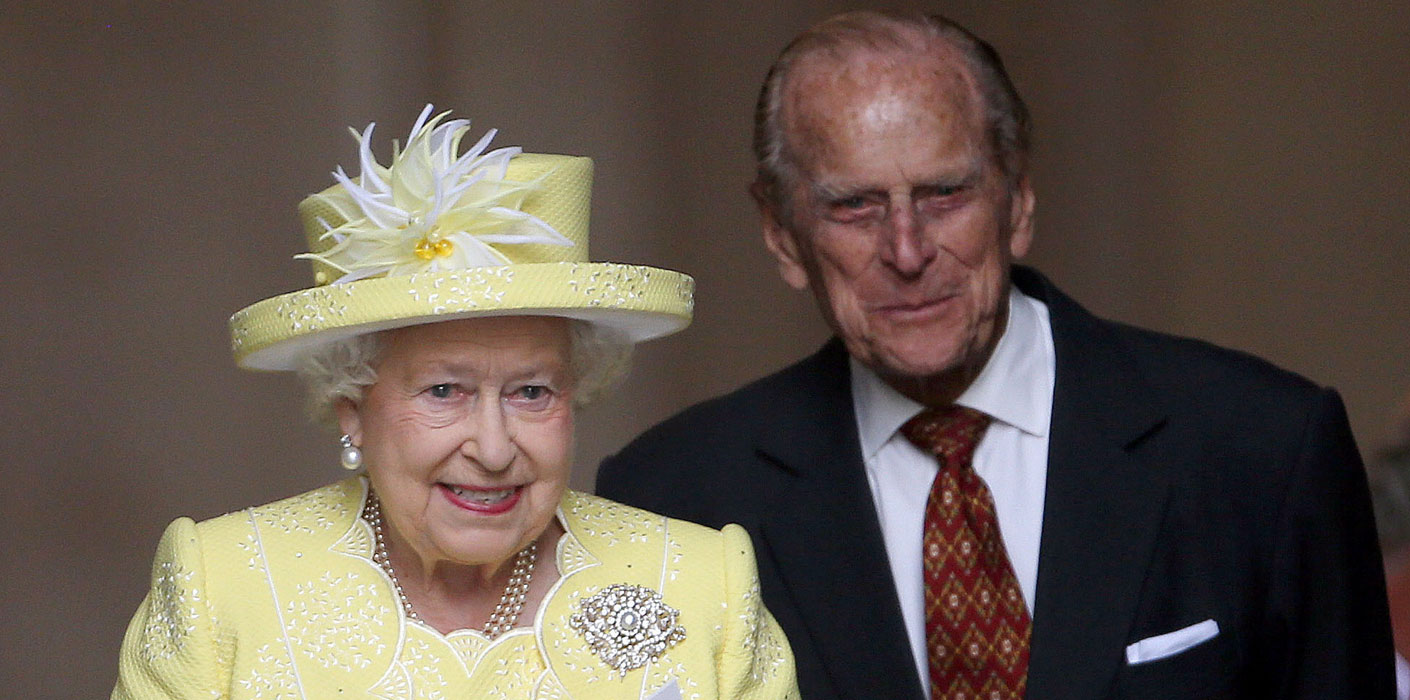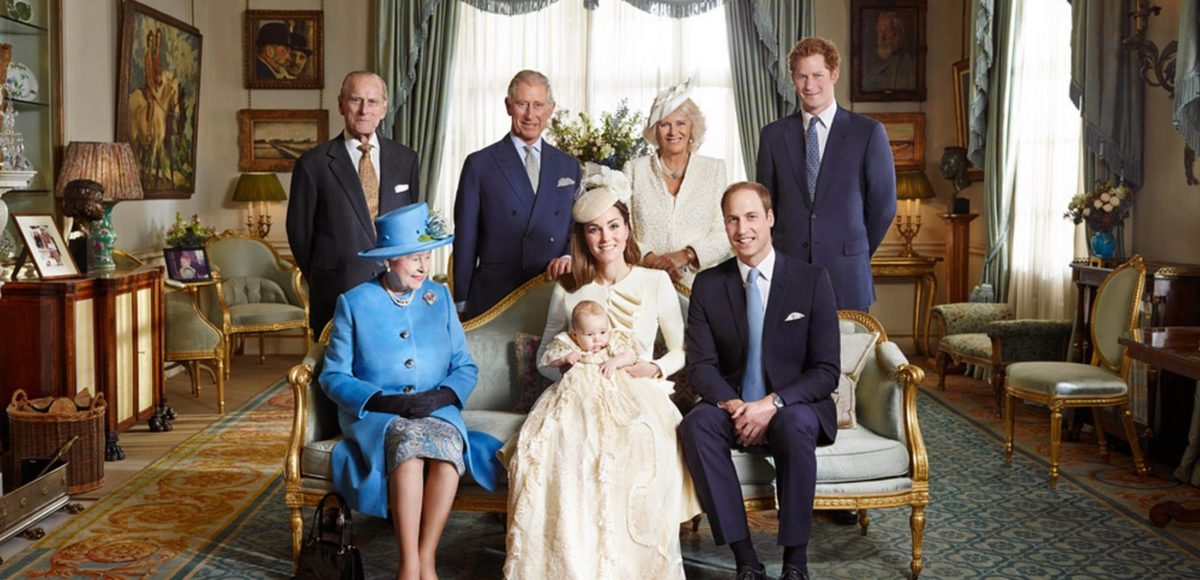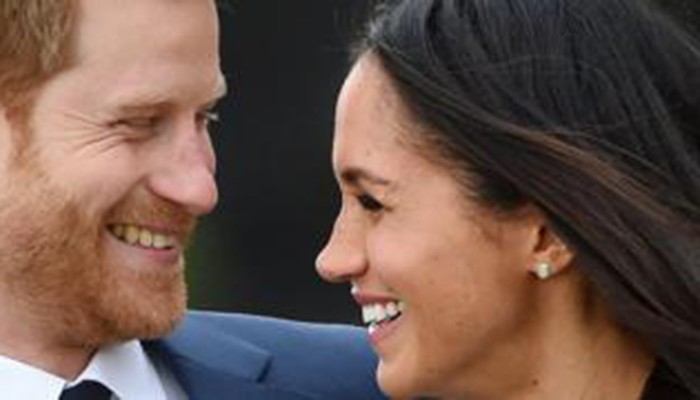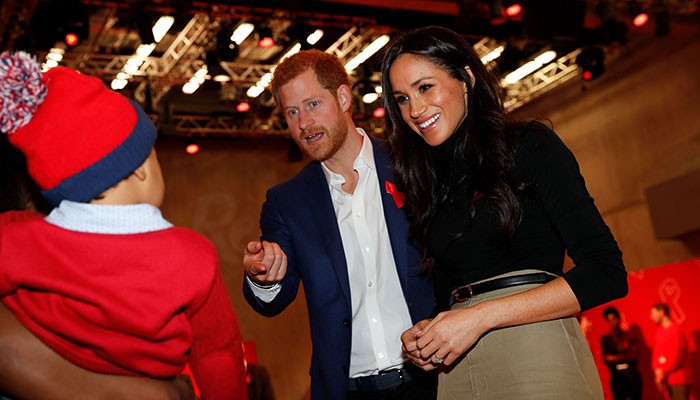Britain will have a new Royal family member and her name is Meghan Markle.
Prince Harry, the younger son of the late Princess Diana and Prince Charles, is set to marry American actor Meghan Markle in May next year.
But what is truly remarkable about this royal couple is the possibility of the prince’s union with Markle, a divorcee, when not too long ago his grandmother, Queen Elizabeth II, did not permit her sister, Princess Margaret, to marry a man for the sole reason that he was previously married.
Times truly have changed. And the winds of change have swayed the Queen of England with them.
The British monarchy is not just about crowns, jewels, and finery but they’re also well known for strict adherence to protocol and tradition.
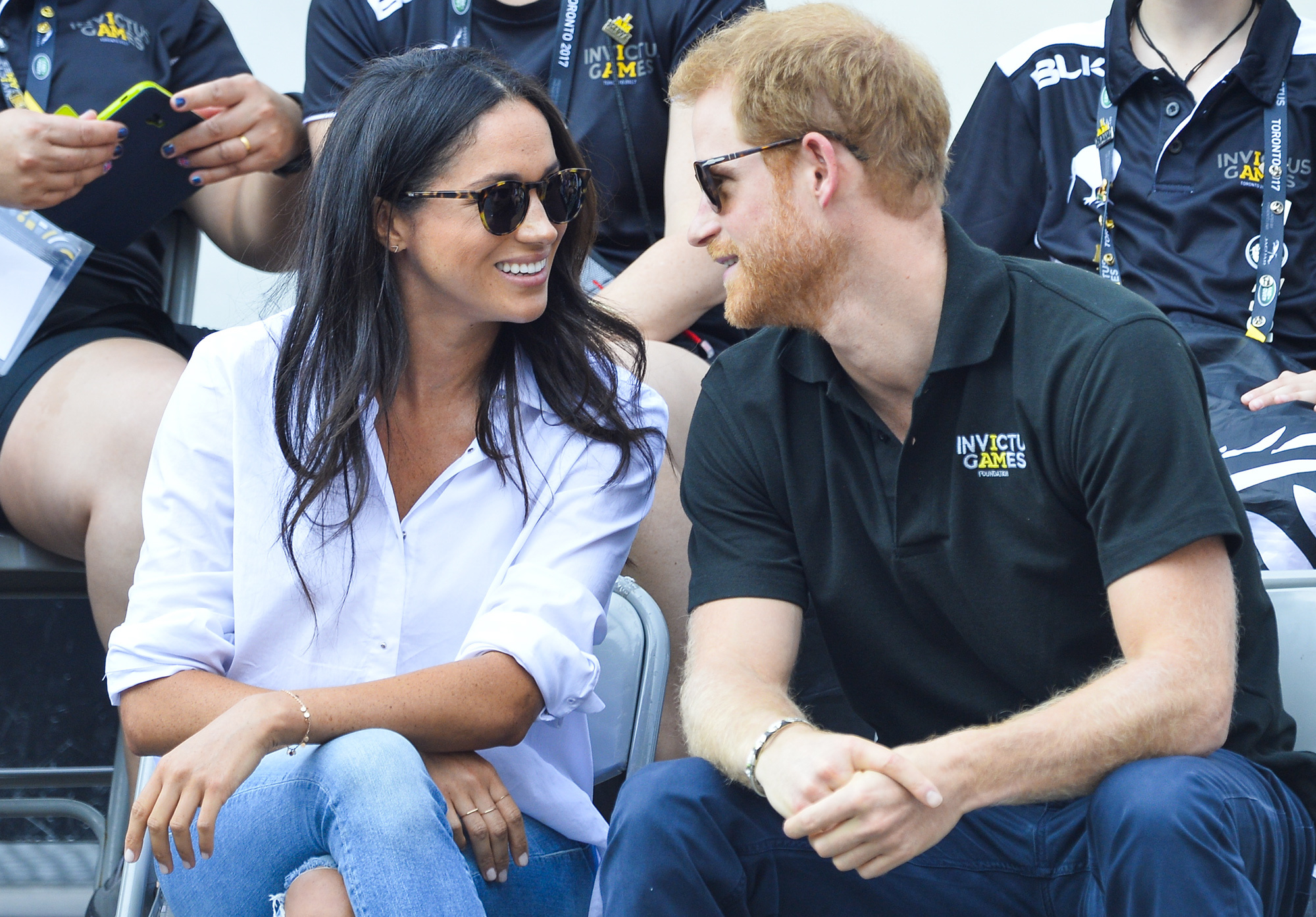
All things considered, Markle was an unlikely prospect for the House of Windsor. On the other hand, Markle very much promises to be a princess for modern day Britain. Vocal on women's empowerment since a young age, she has fought bravely against racial abuse and is very comfortable being in the limelight without being too accessible.
Daughter of a Caucasian father and an African-American mother, Markle perhaps seems more relatable to today’s very ethnically diverse Britain.
But does a change in ethnic diversity mean the British monarchy is willing to change its rules and traditions? What has made the Queen openly welcome, even celebrate, Meghan and Harry marriage to be?
To get a better understanding, we need to take a look at the past century of British history.
Elizabeth the Second is the longest reigning monarch in British history. At 91, she ascended the throne when she was 25 years of age after her father died of a prolonged illness.
Elizabeth’s ascension was a matter of fate. She was 10 years old when she was brought forth as second in line to the throne. Her father, King George VI, previously known as Prince Albert Fredrick Arthur George, was not meant to be king as he was the second son of King George V and Queen Mary.
However, the crown was entrusted to him when his elder brother King Edward abdicated the throne the same year he ascended it after their father, King George V, died.
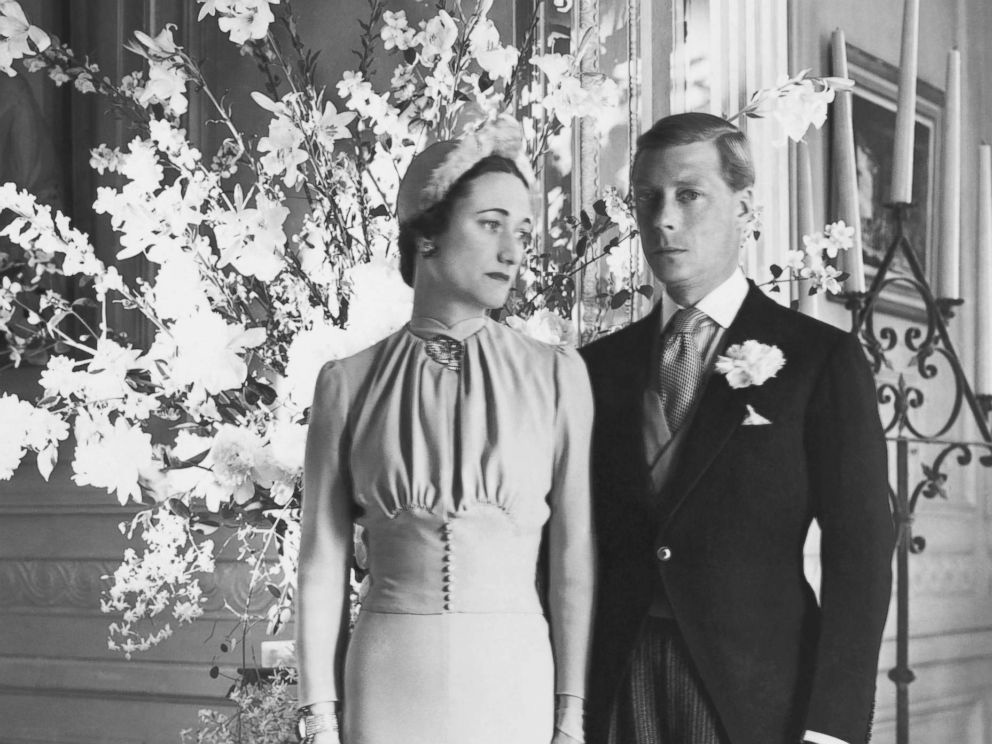
During the time Edward became king, it was against the Church’s law to marry a person who was divorced. Adherence to the law is stricter for a member of the royal family, whose head is the custodian of the Church of England. So when American actor Wallis Simpson entered Edward’s life, he chose love over the crown and decided to marry her in 1936. His decision altered the line of succession in British rule as we know it. The crown was then worn by King George VI and after his death given to his eldest child, his daughter Elizabeth.
While being groomed to be Queen someday, a young Elizabeth fell in love with Lieutenant Phillip Mountbatten, whom she married in 1947 when she was 21 years of age. They celebrated their 70th wedding anniversary this year.
Not too long after Elizabeth was crowned Queen, the issue of marriage to a divorcee came up again. This time it was her younger and only sibling, Princess Margaret, who wanted the Queen’s permission to marry a man who had divorced his wife.
It is important to explain that, in those days, a member of the royal family required the Queen’s blessing to get married as the Queen was supreme governor of the Church of England and the church forbade marriage to a divorced person whose spouse was still alive.
So, barely a year as monarch, Elizabeth II was faced with a heart-breaking decision.
She denied her sister’s request and Princess Margaret sacrificed her love. At the time, Princess Margaret was third in line to the throne.
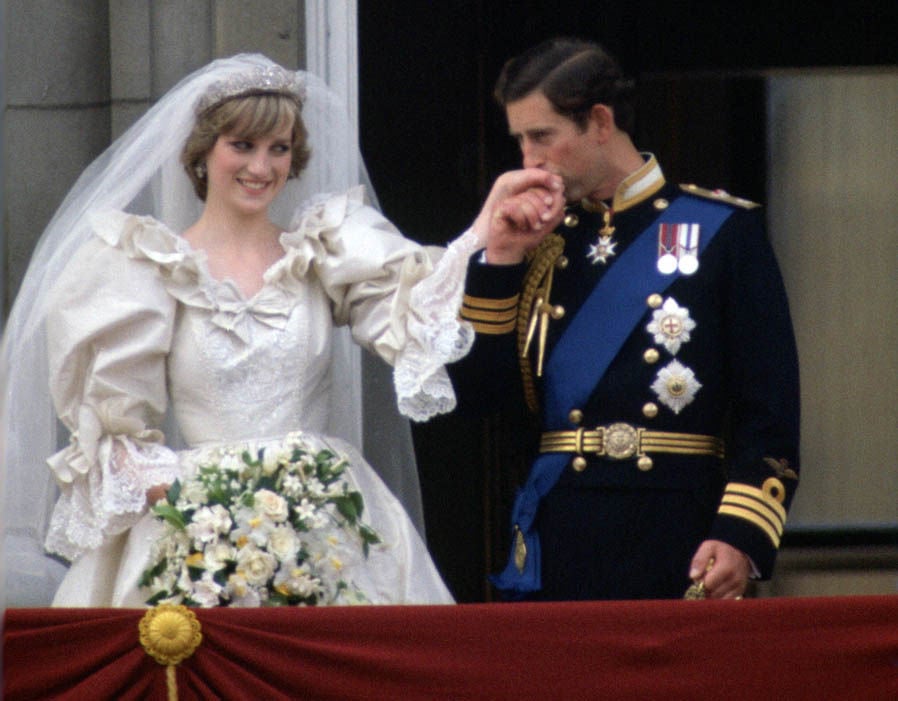
After this, all seemed to be going smoothly for some time and the world watched in awe as Prince Charles, heir to the throne, married Lady Diana Spencer in what was described as a fairy-tale wedding in 1981.
However, Elizabeth once again faced a predicament when Charles and Diana got a divorce in 1996. When Diana died in a car crash in Paris in 1997, the Queen did not attend her funeral.
Twenty years on, the United Kingdom has changed and it seems it has changed its monarchs with it.
It is no longer the same UK where former King Edward and then Princess Margaret were forced to choose between love and duty. It is no longer the kingdom that stigmatises divorce as it once did.
And with this change the royal family, particularly the Queen, has transitioned herself into a monarch who remains relevant in today’s world and continues to serve a purpose in modern Britain. Perhaps it is to appease her grandson who is known to be a royal rebel of sorts. Or perhaps the Queen has realised that certain traditions should no longer restrict the royal family and help them connect better with the people.
Whatever her reasons, today, 65 years into her rule, with her son Charles still first in line to the throne, re-married to a divorcee Camilla Parker-Bowles, the Queen reigns over a more flexible, tolerant and multi-racial Britain.
In 2011, Prince William married Catherine Middleton, a commoner, indicating that the royal family was now looking for spouses outside royal lineage.
In 2017, Prince Harry can openly announce, even celebrate marrying his mixed race, previously married American actor fiancé. Though Prince Harry is fifth in line for the throne, the Queen’s blessing still carries weight.
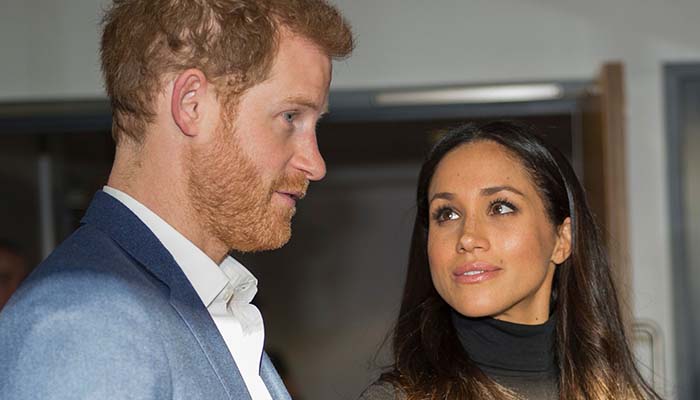
Unlike his father Prince Charles who got re-married in a civil ceremony to Camilla, Prince Harry and Meghan Markle will get married at the St George Chapel at Windsor Castle.
It was in 2002 that the General Synod, an advisory body to the Pope, recognised that while marriage is meant for eternity, sadly some do fail and people who are divorced may re-marry in the Church even if their former spouse is still alive.
And with the acceptance of Markle, the monarchy has once again managed to keep itself relevant to the new-generation of Britain.



